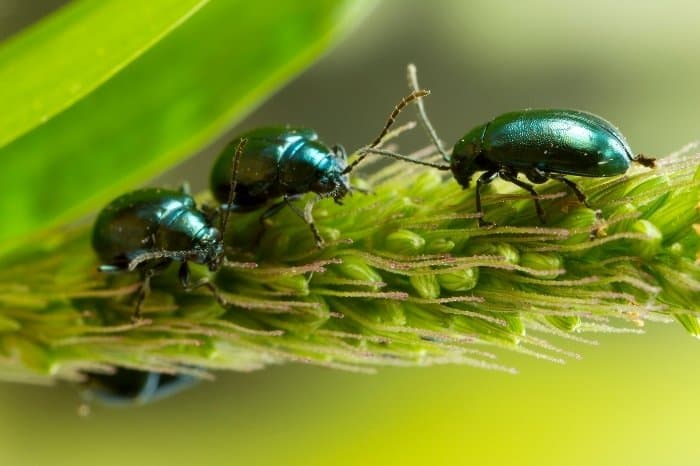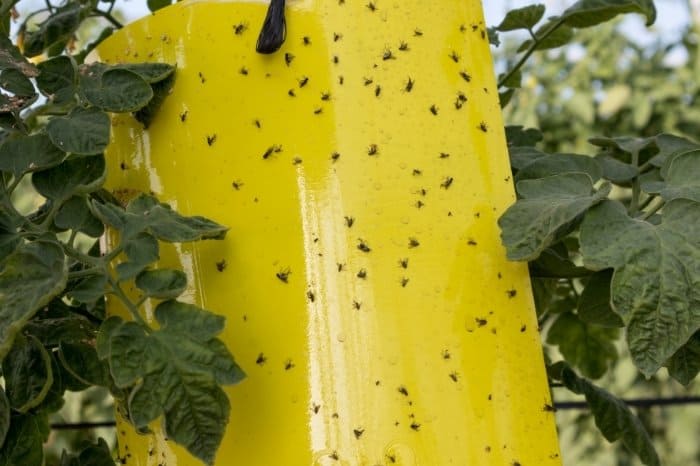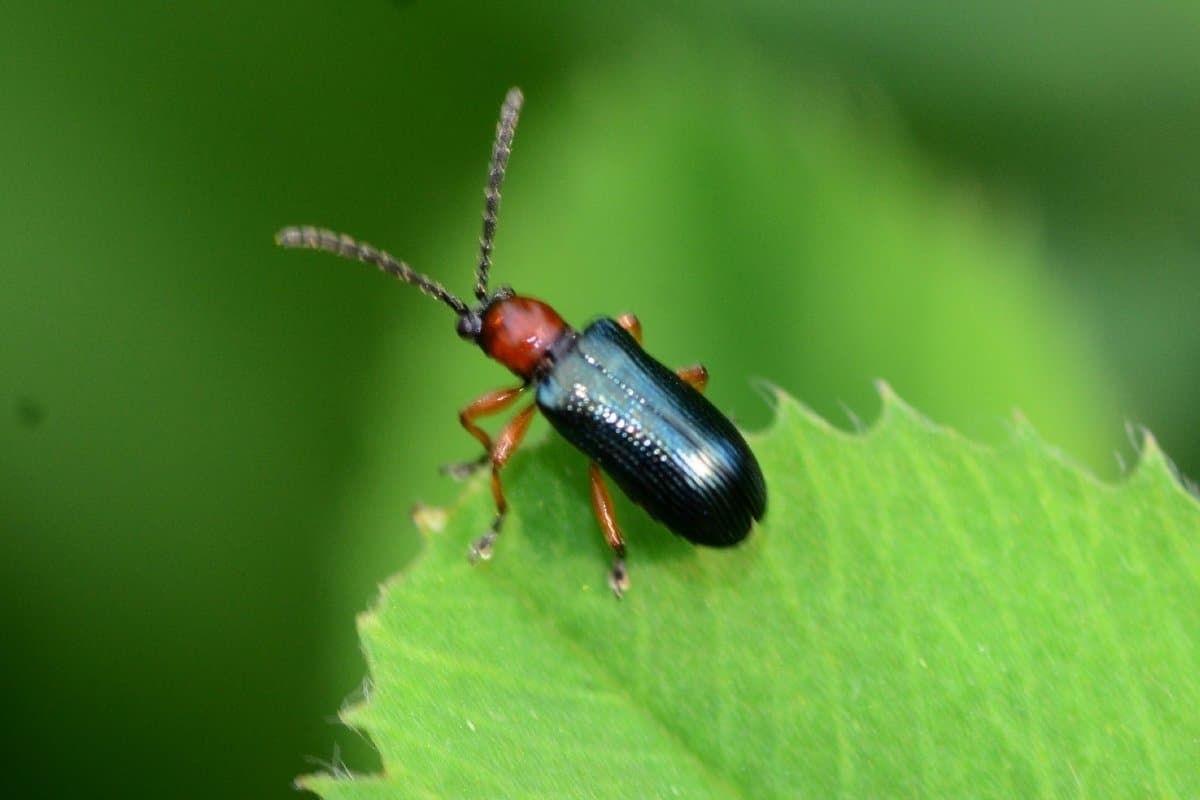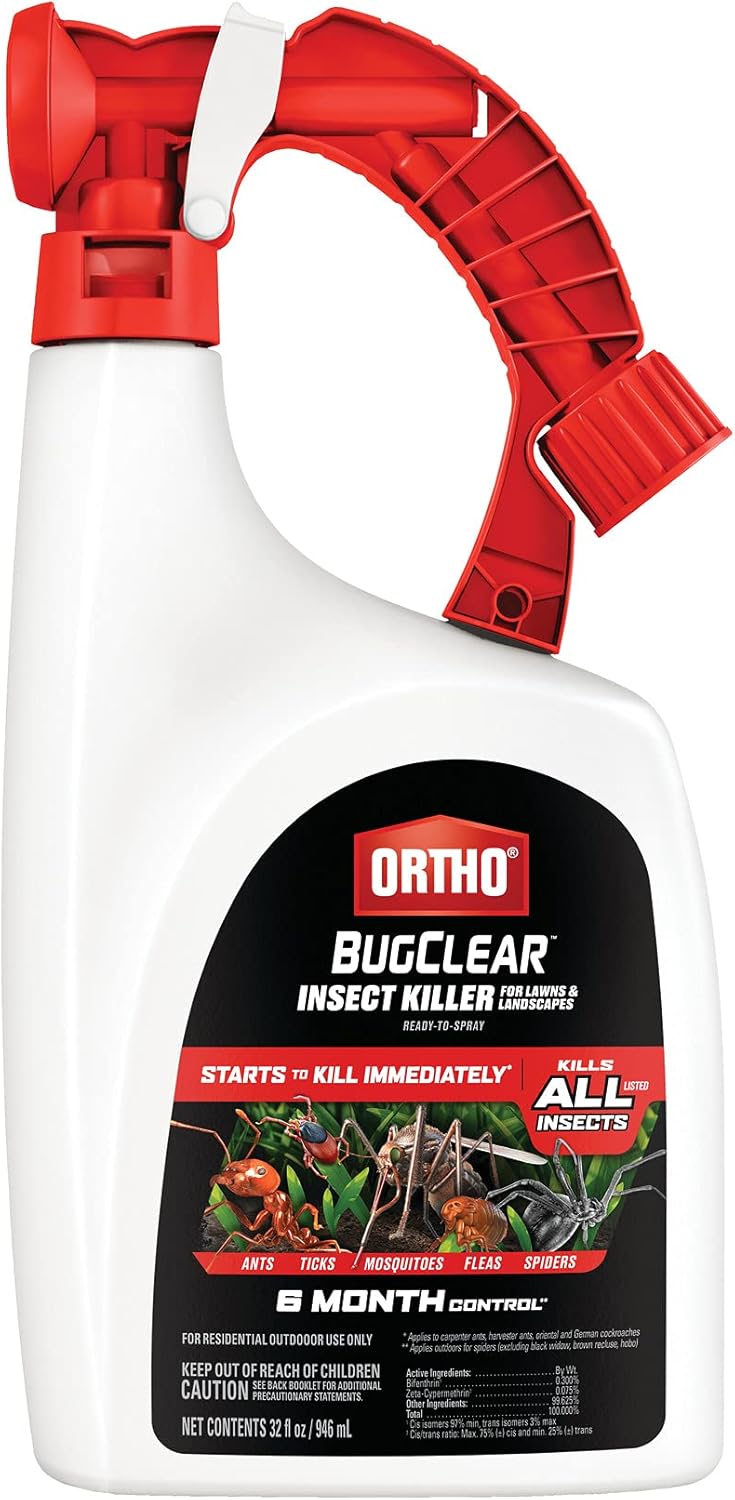Last Updated on November 13, 2021 by Cristina
Flea beetles on tomatoes are some of the most destructive pests on your tomatoes that you will need to eradicate as fast as you sight them.
Flea beetles are small jumping insects that cause significant problems to vegetable plants. The adults are about 0.06 to 0.12 inches long and are commonly found in home gardens early in the growing season.
These insects derive their name from their well-developed rear legs that cause them to jump like fleas. Flea beetles are tough to deal with as they can overwinter on weed hosts surrounding your garden. They can also overwinter on residues on a previous tomato crop or the soil if the last crop was a host to the flea beetle.
This pest damages plants by chewing numerous tiny holes in the leaves, thus destroying the ability to make food and feed the plant. A high population of flea beetles on tomato plants can quickly defoliate and kill the entire plant.
They feed on various plants that include beans, tomatoes, cabbage, eggplants, potatoes, peppers, lettuce, corn, and other seedlings, mostly on hot sunny days.
The Flea Beetles Lifecycle
The adult flea beetles are likely to overwinter in the soil or garden debris and become active again in the spring. They feed on host plants as new growth appears.

They lay tiny white eggs on the soil cracks around the base of the plants that hatch in about 1 week. The slender white larvae feed on the plant’s roots for about 2 to 3 weeks. The pupae remain in the soil for another 7 to 9 days until they emerge as adults and complete the cycle.
Every year about 1 to 4 generations are born, depending on the climate and species. As you can see, the eggs hatch within a short time, and in several weeks, adults emerge. This makes them multiply very fast.
The Flea Beetles Damage
Flea beetles are common pests that attack tomato seedlings in most areas in the US. They chew small holes in leaves, leaving them a sieve-like appearance.
Their tiny, slender, white larvae feed on underground parts of the plant, though their damage is not that much as the adult flea beetles.
A high number of flea beetles feeding on young tomato plants younger than 4 to 5 leaf stage results in a total loss, especially during spring when the plants are desiccated.
Flea beetles tomato fruit damage may also be spotted on rare occasions feeding on ripe fruit.
How To Control The Destruction Of Flea Beetles On Tomatoes
To protect your tomatoes from getting infected by these pests, its best to use the following methods
-
Place floating row covers on seedlings and leave them in place until the plants are old enough to tolerate beetle damage.
-
Place yellow sticky traps throughout your garden rows every 15 to 30 feet to capture the adults.
-
Apply beneficial nematodes to the soil to destroy the larvae stage of the flea beetles and reduce root feeding. It also eliminates the next generation of adults from emerging.
-
Apply organic Diatomaceous Earth to provide you with long-term protection. It is made up of tiny fossilized aquatic organisms that look like broken glass under the microscope. DE kills insects by scoring its outer layer as it crawls over the fine powder. It does not contain any toxic poisons.
-
Treat your soil with Kaolin clay that forms a protective barrier film, which acts as a broad-spectrum crop protectant for preventing damage from insect pests.
-
Use Neem oil for organic prevention and treatment. Spray it on your fruits, vegetables, and flowers to kill eggs, larvae, and adult flea beetles. Mix 1 oz. gallon of water and spray all leaf surfaces until soaked wet.
-
Plant trap crops like radish and mustard near your tomato garden to draw these pests away.
Ortho BugClear Insect Killer for Lawns & Landscapes Ready to Spray
Preventing Future Infestation
As soon as you notice flea beetles in your garden, damage starts. These preventative measures help avert an attack lessening the risk:
-
Maintain good sanitation in your garden. Clear the leaves and crop debris at the end of each gardening season so that the adult flea beetles have no place to hide in the winter season.
-
Till your garden soil after the first frost to uncover any beetles that have gone underground to hide during winter and leave them exposed.
-
Plant an early trap crop like mustard or radish to attract the fleas when they first emerge from the soil. Then spay them with an insecticide of your choice to eliminate them.
-
Wait for your seedlings to get at least 3 leaves before transplanting them into the garden. Larger plants can survive more flea beetle damage than younger seedlings.
The sudden arrival of flea beetles stresses out plants and gardeners, but taking early steps to control these pests helps you guarantee a good start to the growing season and gardening enjoyment.
How To Kill Flea Beetles Naturally
It is possible to kill the flea beetles naturally without the use of any chemicals. The larvae overwinter in the soil and can be naturally destroyed by cultivation and hoeing to remove any weeds.

Weeds usually act as their food during this cold season, keeping them well-fed until winter. Without cover and food supplies, the larvae will die of starvation.
You can also grow an early plant before planting your actual plants so that they eliminate the rest of the remaining flea beetles. You can also use sticky traps to take care of the remaining pests.
Conclusion
Who would think that such little pests could cause gardeners such a fuss? These pests sleep in your garden all winter only to wake up and wreak havoc on your potatoes, tomatoes, broccoli, and their relatives.
Well, flea beetles will not eat up your tomatoes anymore – not after learning how to eliminate them. Put on your farming boots and get to work identifying and destroying these pests while using either organic or chemical pesticides.
Have you had flea beetles on tomatoes in your garden? What successful method of elimination did you use? Share your success story with us.
Caroline is a gardener who loves to get down to the nitty–gritty of gardening. She proudly proclaims herself as a ‘dirt worshipper‘ and can often be found deep in the garden, covered in soil and singing to her plants. As a self–proclaimed ‘plant whisperer‘, Caroline believes that plants need love and attention just like any other living thing, and she loves to give them both. When she‘s not tending to her garden, you can often find her researching the latest gardening trends, or teaching others how to make their gardens thrive



